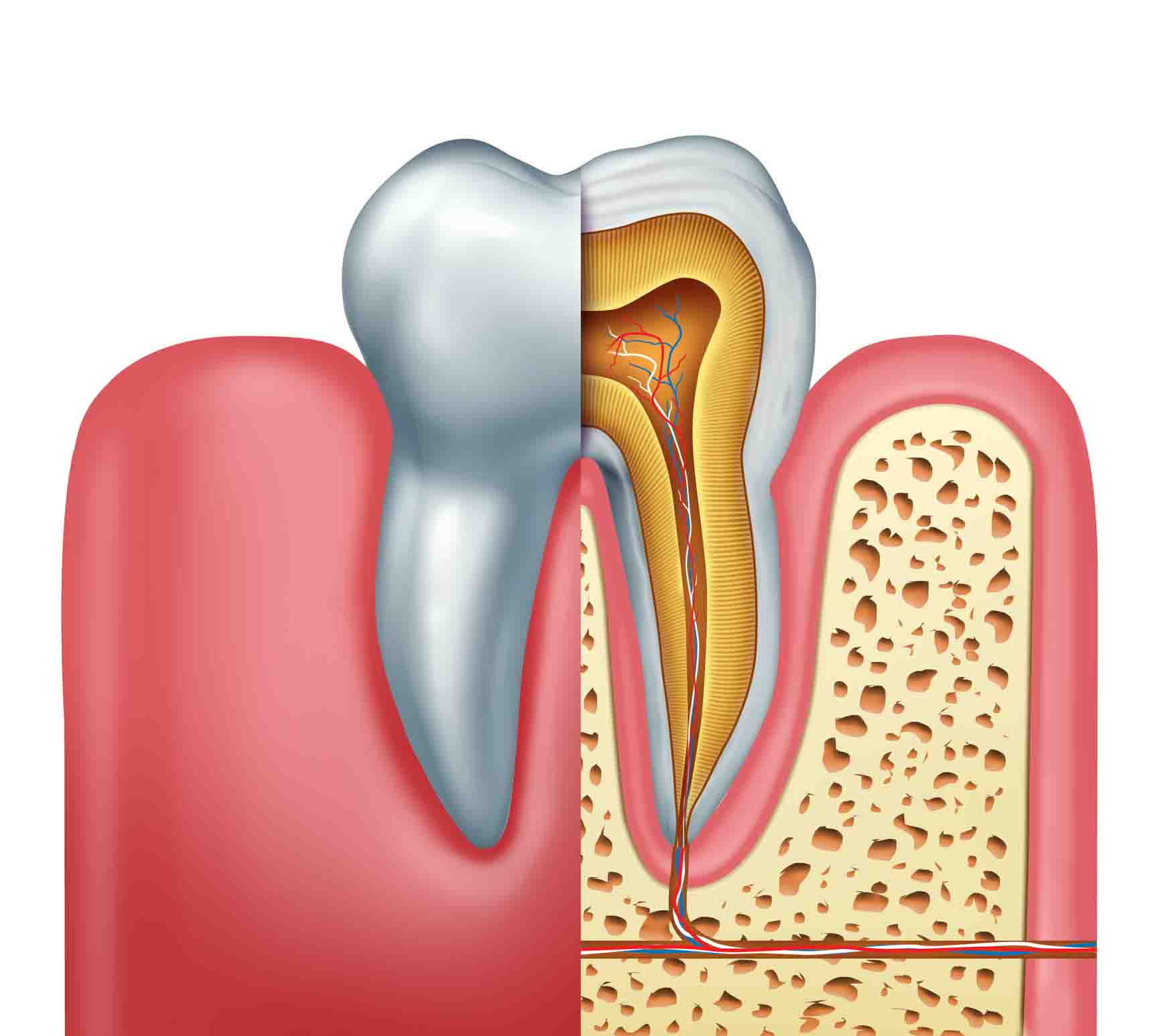Endodontic treatment (also known as a root canal) is used when a cavity has progressed into the tooth's nerve, if trauma to the tooth has exposed the nerve, or if the nerve tissue is severely damaged. While root canal treatment has a reputation for being uncomfortable, modern root canal treatment can be virtually pain-free.
What is the Root Canal Procedure?
Recall that the nerve in a tooth is located in a canal within its root, hence the term "root canal.” In the root canal procedure, the goal is to remove the tooth's inflamed or infected nerve tissue, so the tooth can still be maintained in your mouth. We remove the nerve from the tooth, clean the tooth, and then fill the root canals with a non-reactive filling material.
What is the next step after I've had a root canal procedure?
Once a root canal has been completed, the next step is to have a crown placed on the tooth. If there isn't a lot of tooth structure remaining above the gum (not an uncommon situation), we might place a post. Remember that while the goal of a post is to give the tooth more support, not every root canaled tooth needs to have a post. However, almost all root-canal-treated teeth (with a few exceptions) should have a crown placed as a final restoration in order to protect the tooth.
Can teeth with root canals still get decay?
Yes. Teeth that have had root canal treatment can still get decay. The reason for this situation is that the bacteria in your mouth can still affect the surfaces of your teeth - regardless of whether or not the tooth has a nerve. If you are a patient with dry mouth, or a history of getting multiple cavities, you need to be extra thorough in your oral hygiene. When a tooth with a nerve starts to get decay, you will likely feel it; but when a tooth that has had root canal starts to get decay, you won’t feel it because the tooth has no nerve. So if you have had root canal treatment, it’s essential that you keep your mouth clean and you come for your routine 6-month checkups.







